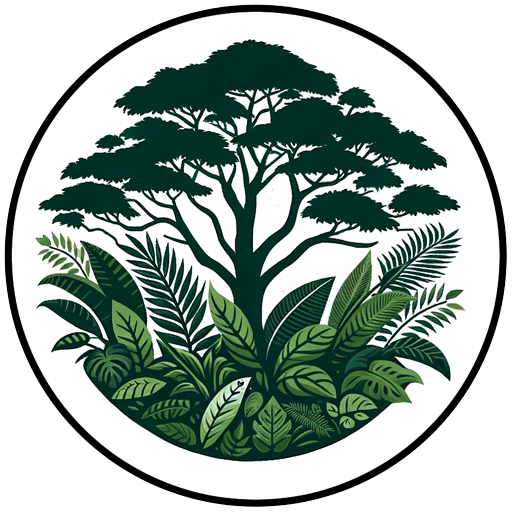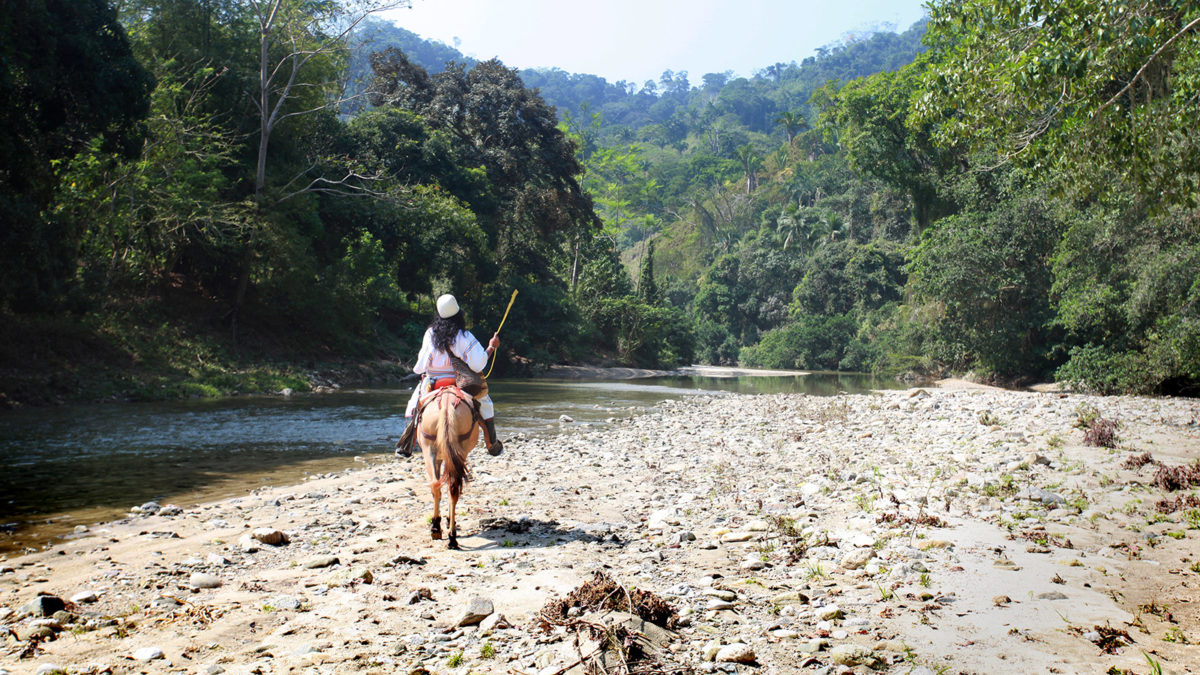Over the past 20 years, the conservation sector has increasingly recognized the contributions Indigenous communities have made toward achieving conservation goals, including protecting biodiversity and maintaining ecosystems that sustain us. Accordingly, some large conservation NGOs that a generation ago were heavily focused on establishing and fortifying protected areas are today advocating for Indigenous rights and helping communities secure land tenure.
As a researcher who has worked at the intersection of forests, agriculture and local communities for more than 30 years now, David Kaimowitz has been well-positioned to observe the recent evolution of the conservation sector’s relationship with such communities.

“Indigenous Peoples and local communities have increasingly been recast as heroes, rather than villains,” said Kaimowitz, who currently serves as the manager of the Forest and Farm Facility, a partnership between the the U.N.’s Food and Agriculture Organization (FAO), the IUCN, the International Institute for Environment and Development (IIED), and the AgriCord Alliance. He attributes this shift to three factors: changing realities on the ground, a growing body of evidence, and better messaging.
“As more and more forest not managed by Indigenous Peoples and local communities disappears, the conservation community has realized that increasingly these are the only forests left; at least, the only intact forests with large undisturbed areas,” Kaimowitz told Mongabay. “A growing [amount of] literature showed that, given a favorable policy environment, Indigenous Peoples and local communities often manage common property forests and other natural resources sustainably.
“The Indigenous Peoples and forest community groups themselves have become more effective at getting their messages across and making their voices heard. They have become powerful political forces in many countries and on the global stage, and conservation groups have had to listen.”

But while conservation is changing, it hasn’t yet been transformed: Indigenous peoples and local communities still face marginalization, lack of meaningful engagement, and underrepresentation, especially in conservation decision-making an leadership roles. Kaimowitz says conservation organizations need to become more inclusive.
“The more these organizations reflect the true diversity of the broader societies, the better they will be able to do that,” he said.
“Conservation has two strong long-standing strains. One harks back to nobles and moguls, who wanted to stop villagers from poaching big animals they hunted for trophies. The other finds its voice among those who depend on (and often nurture) nature to survive. The question is who will speak for conservation? The sheriff of Nottingham, protecting his majesty’s fowl and game, or Robin Hood, with his merry men (and women), living in the forest. That same unresolved tensions persist today; and will determine the movements’ future.”
In parts of the world, those tensions have been heightened by the COVID-19 pandemic, which led some international conservation groups to pull out of projects, triggered a collapse in ecotourism, disrupted access to markets and the flow of remittances, and led some city dwellers to return to the countryside to farm. In some places, those developments have pushed local communities to take up subsistence farming and hunting in protected areas or become poachers, putting them in conflict with conservationists.

The pandemic, says Kaimowitz, has been devastating to local communities, causing “profound pain” and loss of traditional knowledge with the death of elders. But COVID-19 has also shown us that governments are capable of taking dramatic action when facing a crisis.
“If the pandemic proves anything, it is that political and economic elites can take extraordinary measures to stave off disaster if they decide to do so,” he said. “Many things that ‘could not be done’ suddenly were. Central banks and ministries of finance pulled out their checkbooks and spent money they supposedly did not have. Both governments and the broader society stepped up to the plate. It has not been smooth or easy, but the world has largely pulled back from the abyss.
“Something similar will have to happen to avert catastrophic climate change and biodiversity loss; and there are signs that elites are getting the message.”
Kaimowitz spoke about these issues and more during an April 2021 conversation with Mongabay.

